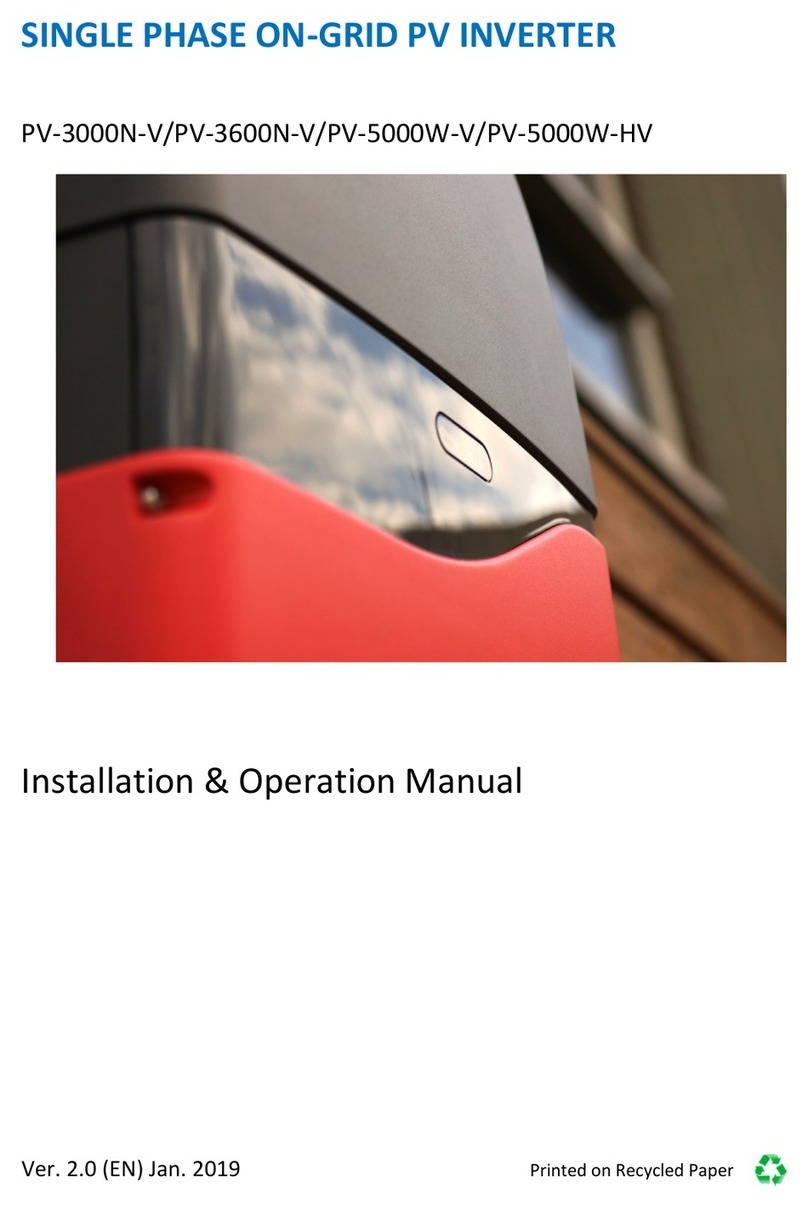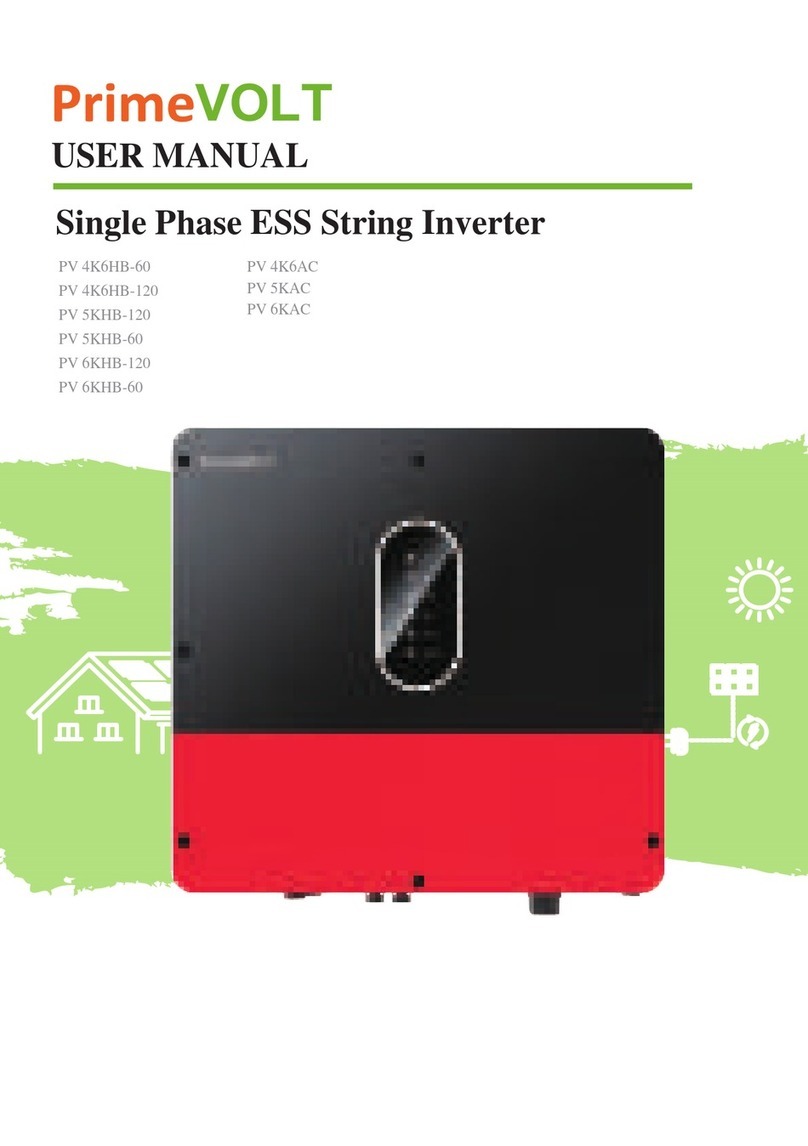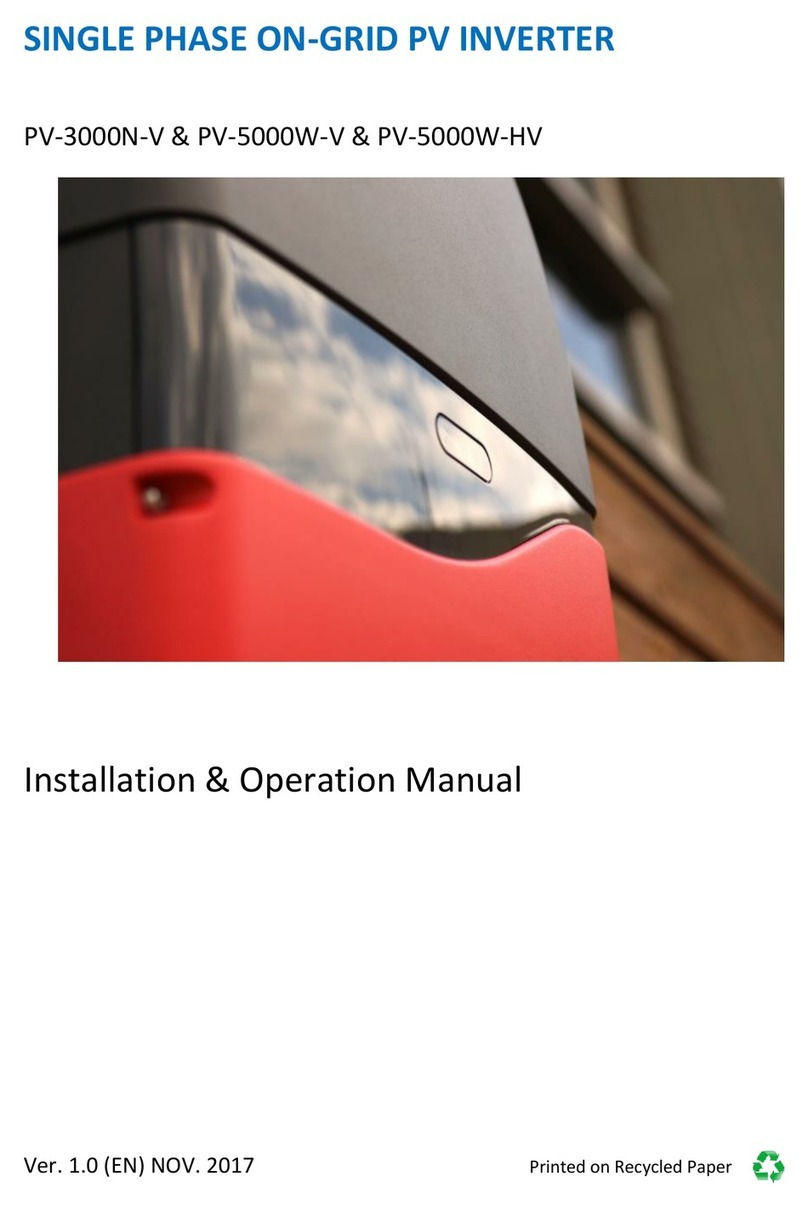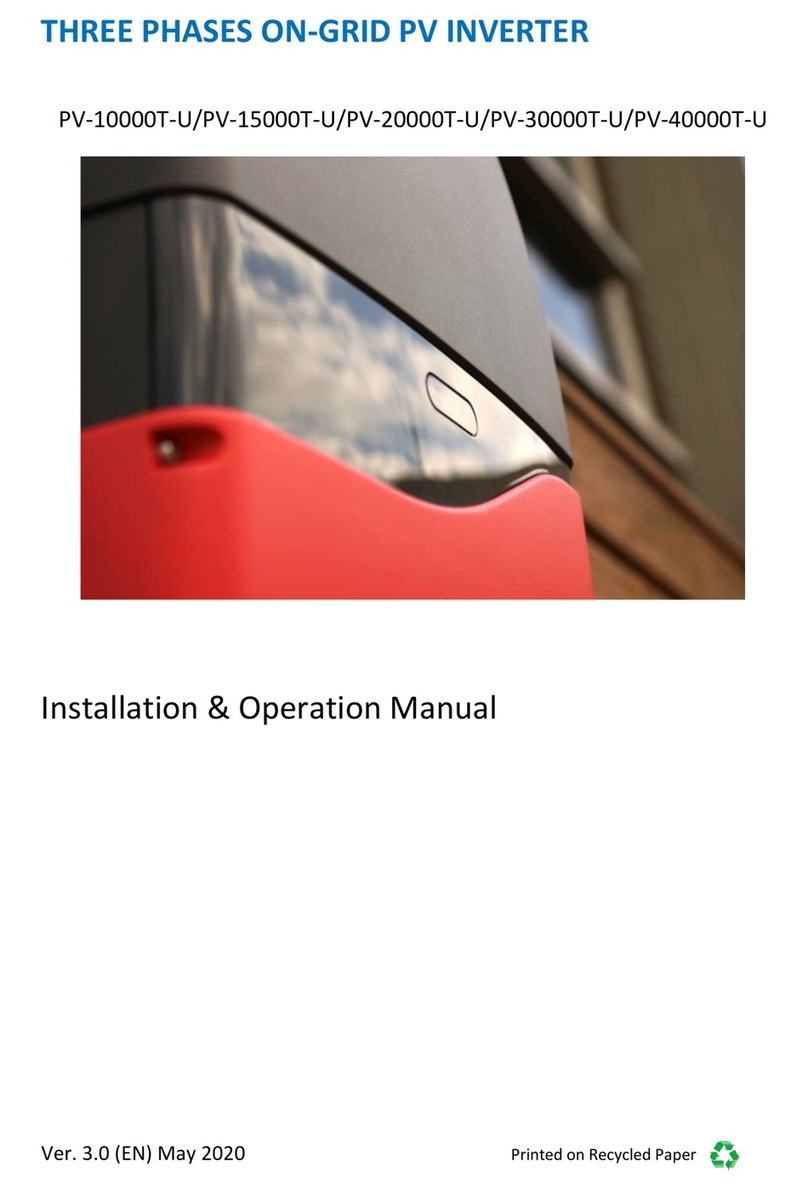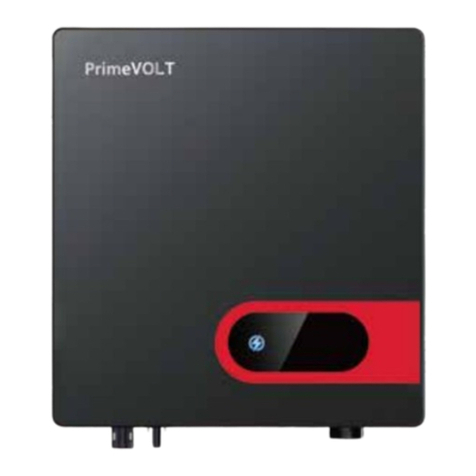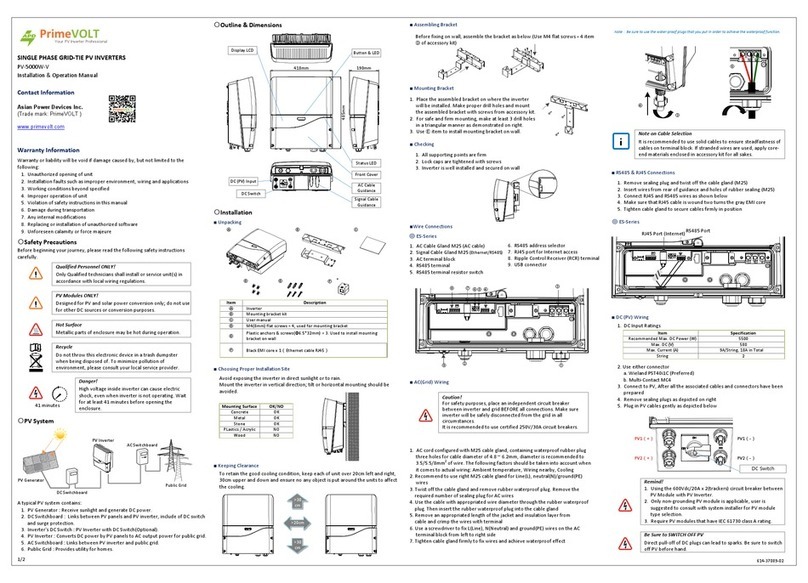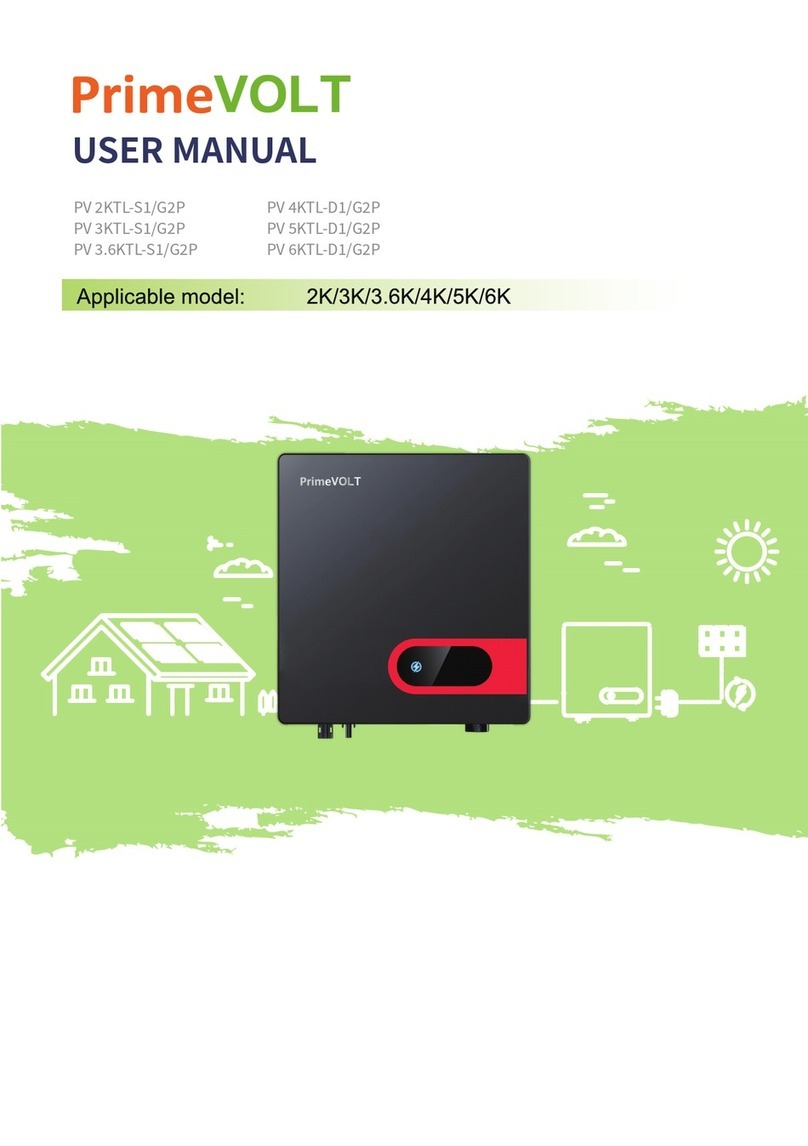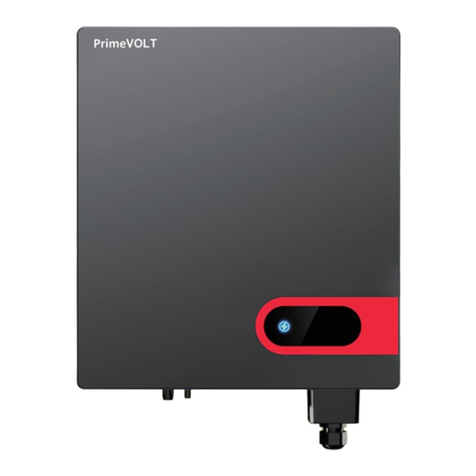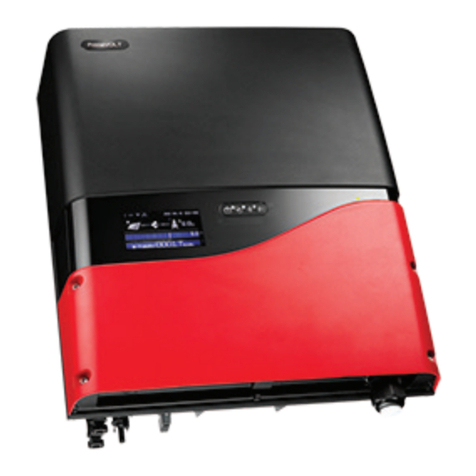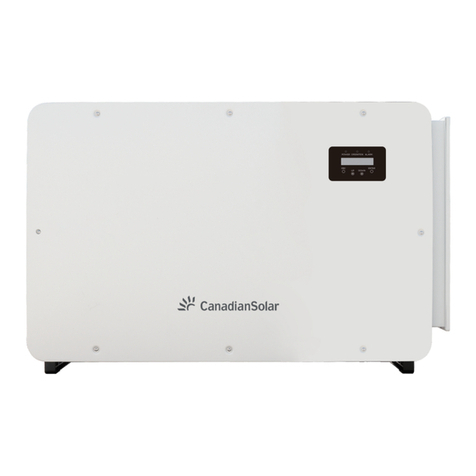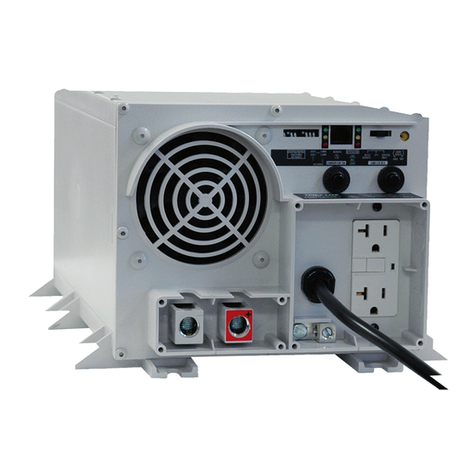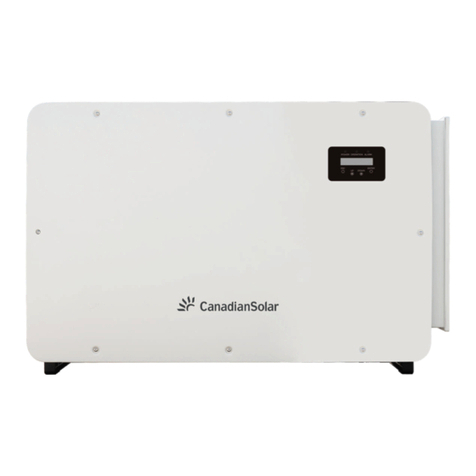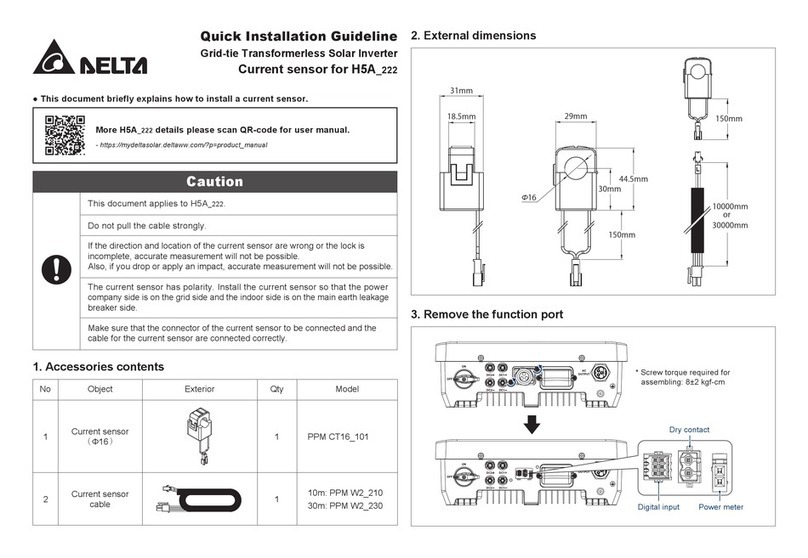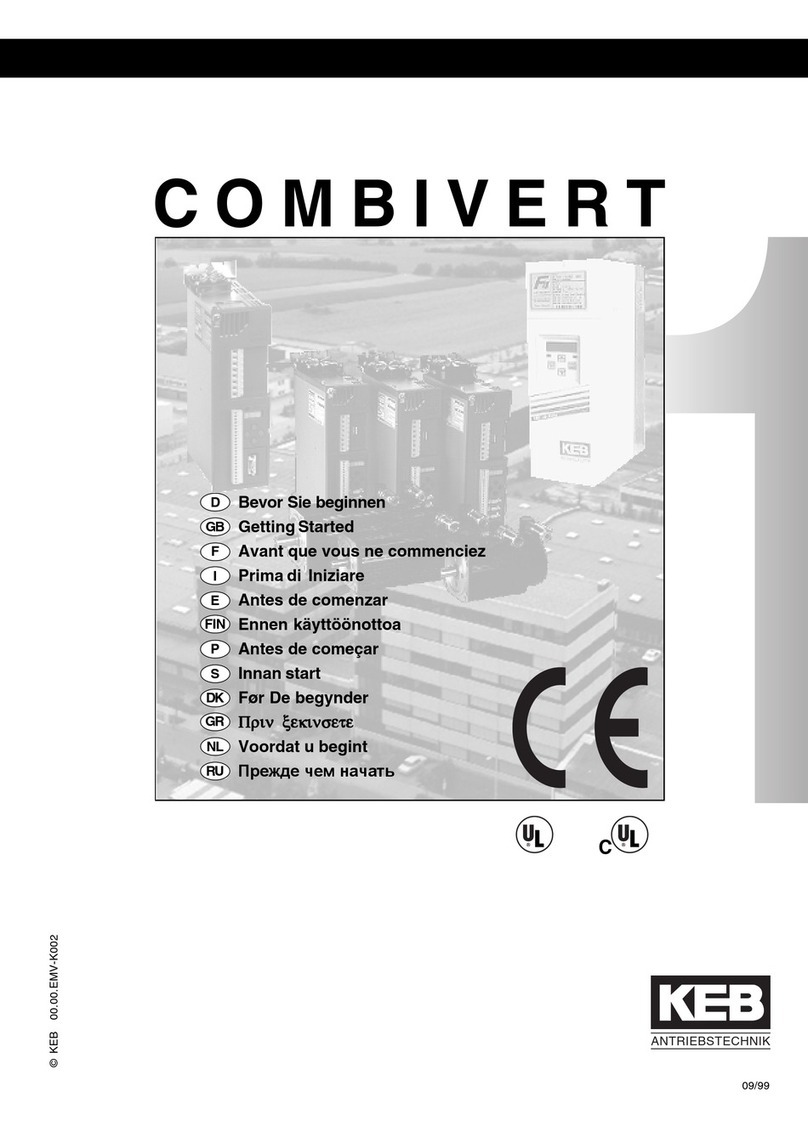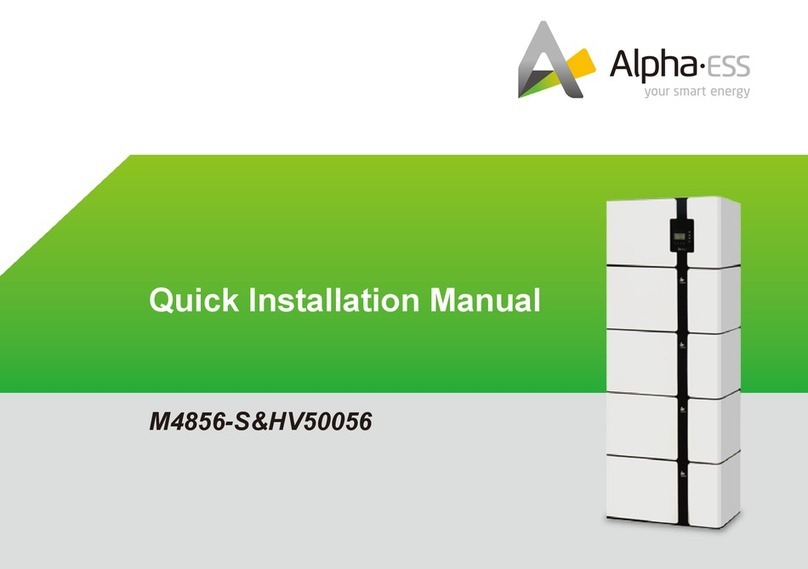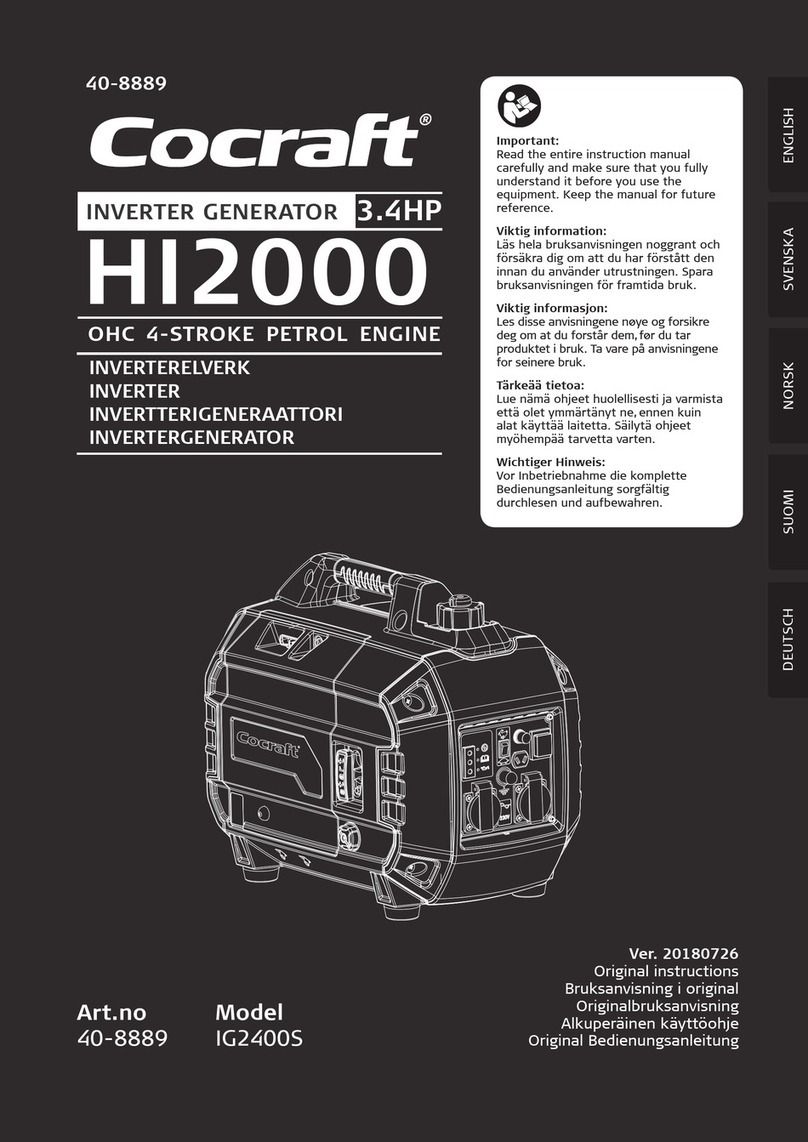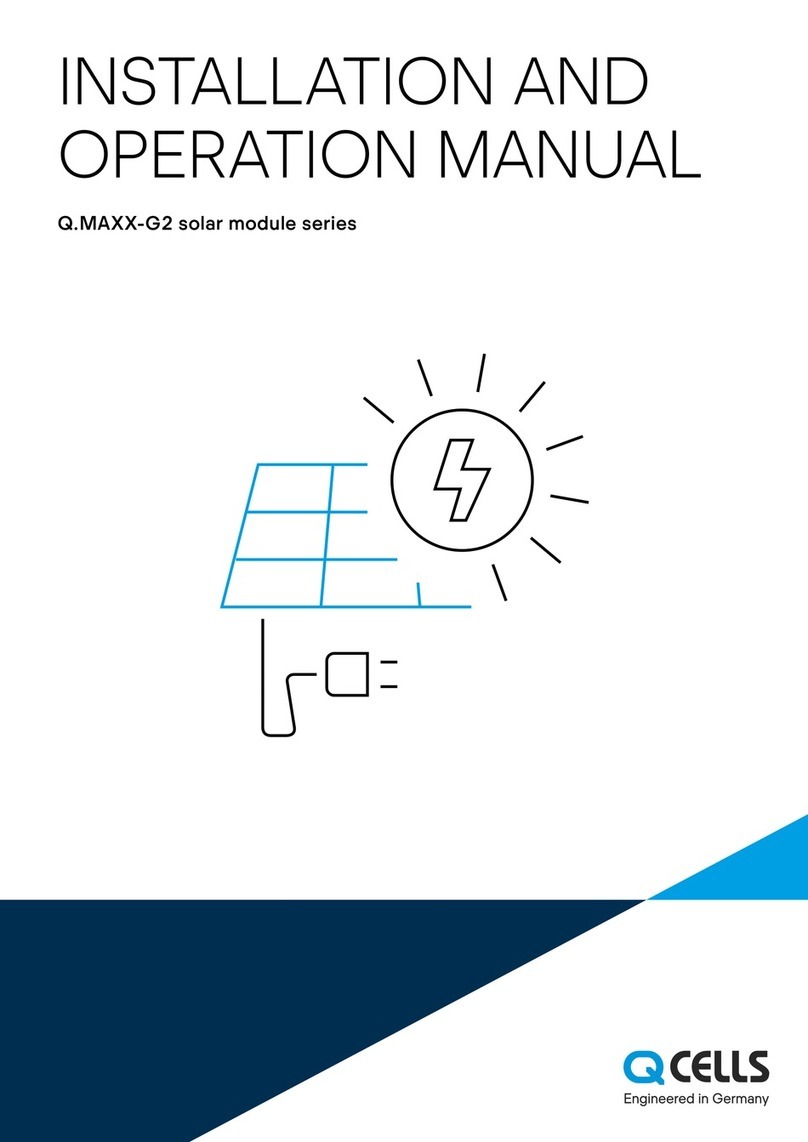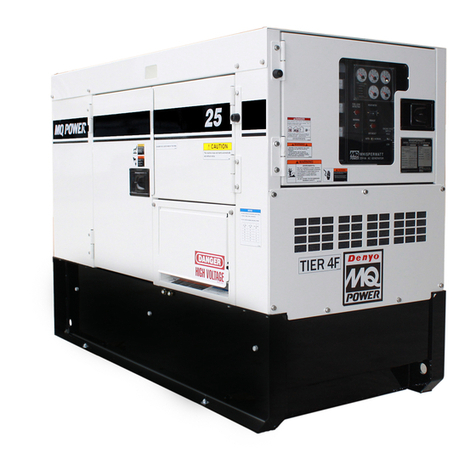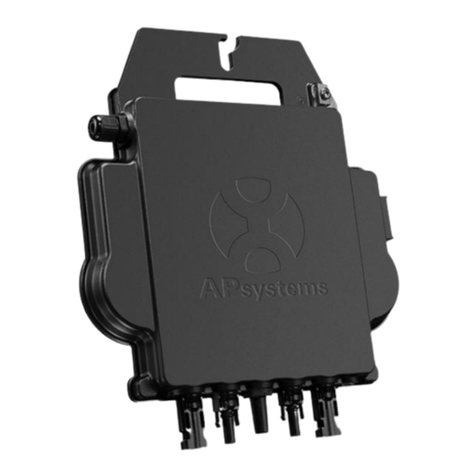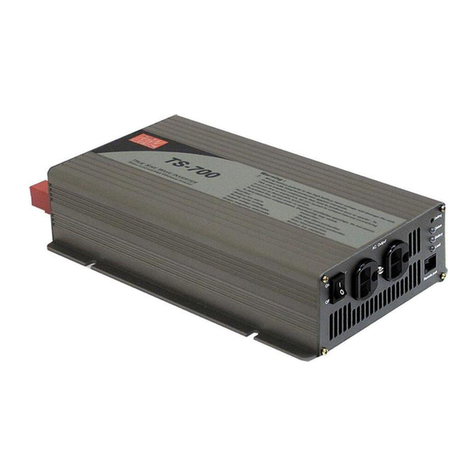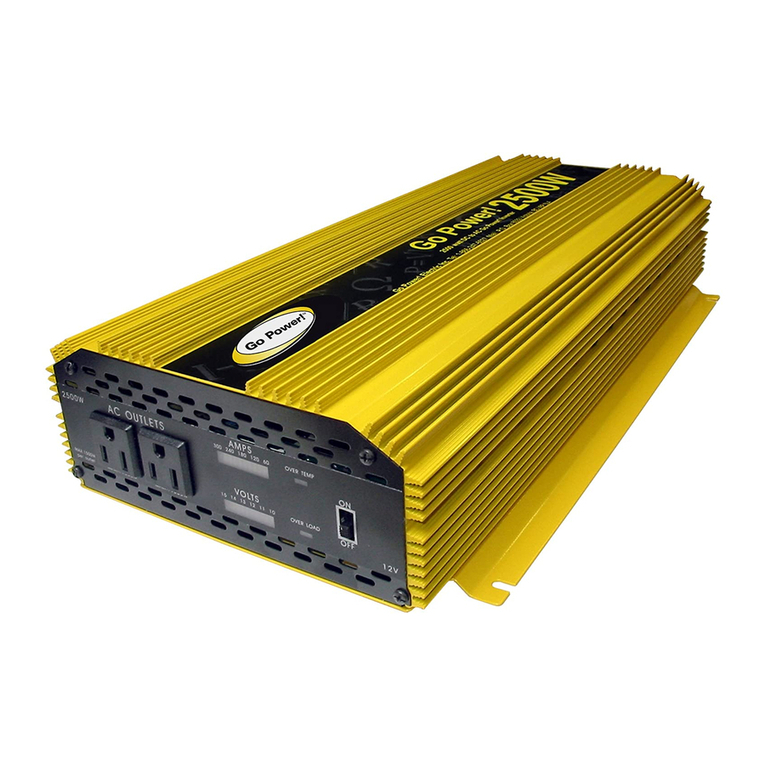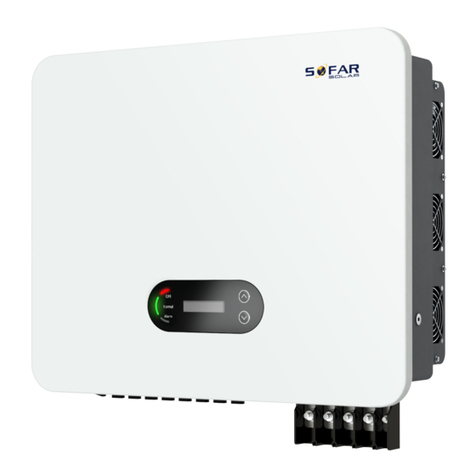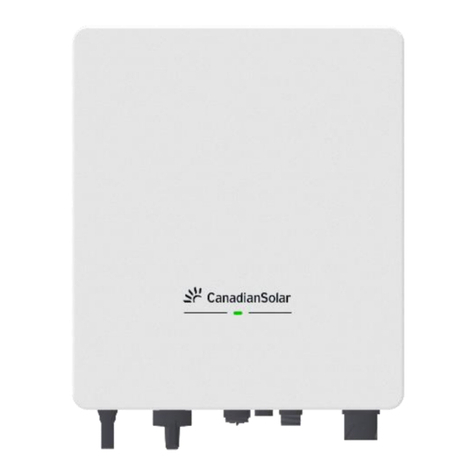
Contents
1Safety Precautions................................................................ 5
1.1 Personnel Safety................................................................................................................................... 5
1.2 The PV Inverter Protection............................................................................................................... 5
1.3 Installation Safety ................................................................................................................................ 5
1.4 Electrical Connections........................................................................................................................ 5
1.5 Operating and Commissioning ..................................................................................................... 6
1.6Maintenance.......................................................................................................................................... 6
1.7 Additional Information...................................................................................................................... 6
2Overview of the Inverter....................................................... 7
2.1 Functional Models............................................................................................................................... 7
2.2 Network Application .......................................................................................................................... 7
2.3 Outline and Dimensions ................................................................................................................... 8
2.4 Working Process ................................................................................................................................10
3Storage............................................................................... 11
4Installation ......................................................................... 12
4.1 Determining the Installation Position.......................................................................................14
4.2 Installing a Mounting bracket kit................................................................................................19
4.3 Installing the Inverter .......................................................................................................................20
5Electrical Connections......................................................... 21
5.1 Connecting Protection Ground(PGND) Cables.....................................................................21
5.2 Connecting AC Output Cables.....................................................................................................22
5.3 Connecting the PV Strings.............................................................................................................24
5.4 Connecting Communications Cables........................................................................................28
5.5 Installation Verification ...................................................................................................................32
6System Operation............................................................... 33
7User Interface..................................................................... 34
8Maintenance ...................................................................... 35
9Warranty Information......................................................... 38
10 Disposal of the inverter....................................................... 38
11 Technical Specifications ...................................................... 39




















